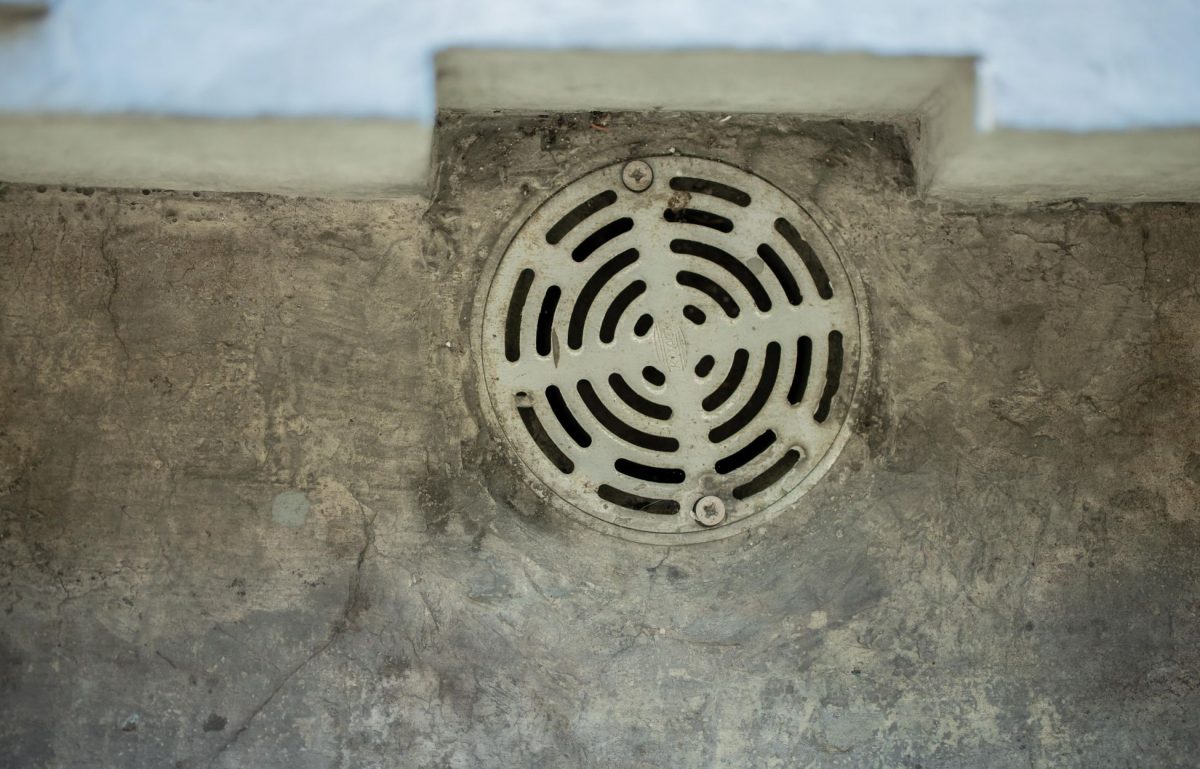It’s never pleasant to find standing water anywhere on your property, but it’s especially egregious in a building’s basement. Most of the time, it’s one of two things: a leak in the walls or a problem with the drain. If you check the walls and floor and find no trace of a leak, it’s most likely your floor drain. Here’s what to do when a basement floor drain backs up. Frequently, it’s a quick fix, but you’ll sometimes need the help of a professional to clear things up.
Investigate and Assess
Beyond the most obvious sign—a pool of water on the floor and slow to no drainage—several things tend to accompany blocked basement drains. Sink drains and toilets can back up or take forever to empty. A strong smell of sewage or other odd odors may fill the basement and structure above. Dark soil and even wads of paper and other materials can also find their way into the basement. It’s a sign that something’s up further down. On the other hand, the problem may be as simple as litter, rags, and other detritus blocking the drain at floor level, which is an easy fix. You won’t know until you check it out, but wear a mask, safety glasses, and rubber gloves before you look.
Plunge It!
Every building should have a plunger or two, but it’s important to differentiate between them. The classic toilet plunger has a flanged bottom. This allows it to fit snugly into the toilet’s drain. Use a sink and drain plunger, also known as a cup plunger, which has no flange. While wearing your protective gear, remove the drain cover, add a little water, then begin to plunge. If the blockage is simple, loose, and close to the top of the pipe, it may clear rapidly. If not, take the next step.
Snake It!
Drain snakes, also known as augers, are also tools every property owner should keep on hand. Drain snakes are extended, metallic springs that you can uncoil, or “snake,” down a pipe by rotating a handle on the other end. As the auger uncoils, it should break up any clogs. When you feel it catch on something, you can bring the snake back, usually with whatever materials were stuck down there. A successful snaking will announce itself through the rapid draining of the water. If it doesn’t, it might be time to call in the experts.
Call a Pro
If the water continues to stand and refuses to drain, bigger issues may be at play. The clog may be further down the pipe. It may also be the result of roots and other organic matter finding their way into the pipes. Alternatively, it could be a structural issue with a collapsed pipe. Consider calling a plumber. They have more powerful and motorized augers that can snake a pipe for a dozen or more feet. Some may offer hydro-jetting services that use highly pressurized water to blast through clogs, roots, and more. That’s what to do when a basement floor drain backs up. Hopefully, after all this, your plumbing will be able to go with the flow once more!













